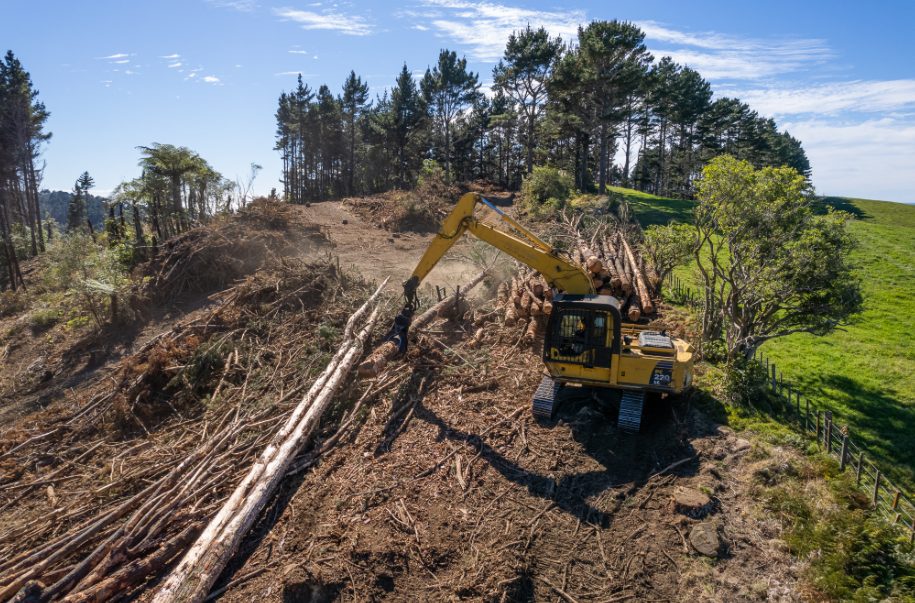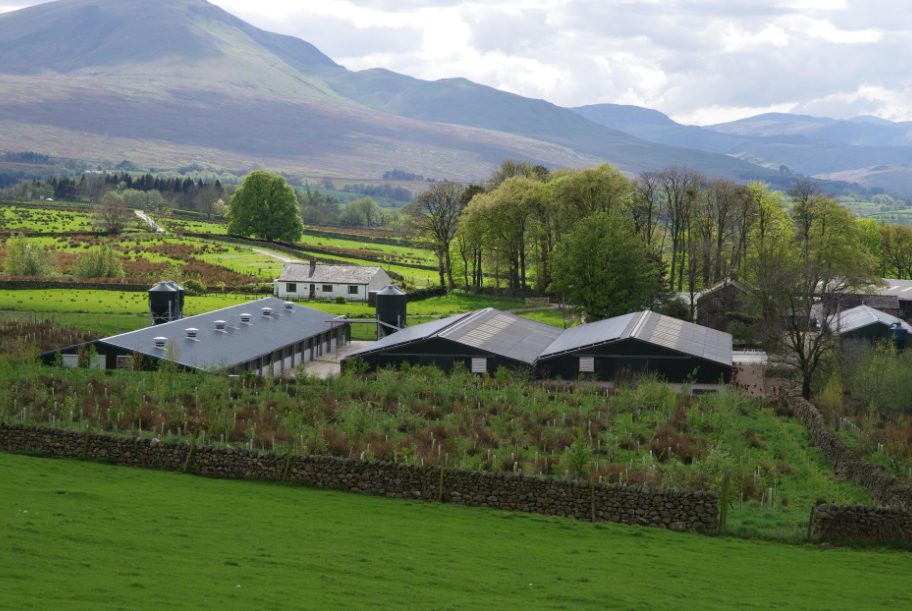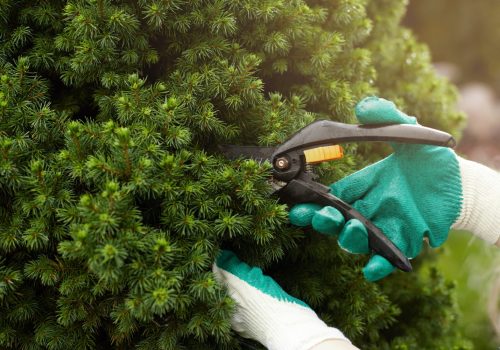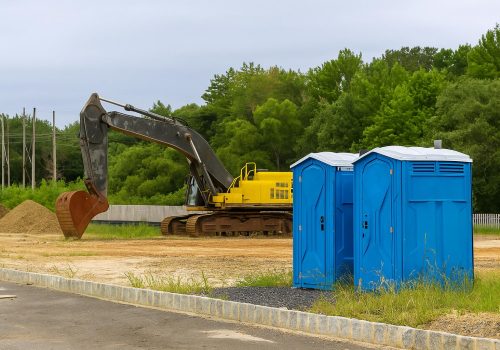The Negative Impact of Shelter Belt Removal on Agricultural Production
The Shelter Belt is a protective barrier of trees, shrubs, and grasses planted around the field in order to minimize the effect of strong winds, save water, and protect crops from extreme weather conditions. It is an important part of the agroecosystem and its removal can have a number of negative impacts on agricultural production. In this article, we will look at five of the main drawbacks of shelter belt removal: the loss of productive land, soil erosion, water shortages, dust storms, and the impact on the environment.
-
Loss of Productive Land:
Removing the shelter belt results in a loss of productive land since the tree roots help with soil preservation and prevent erosion. The soil is also more fertile because of the tree’s ability to absorb water from the soil, which is one of the most important factors that influence agricultural productivity.
-
Soil Erosion:
The shelter belt topping and removal leads to soil erosion because there are no longer any roots to hold together the soil particles. This can lead to increased productivity losses as well as loss in biodiversity and biodiversity loss due to the reduction in food sources for wildlife.

-
Water Shortages:
The removal of shelter belts can result in water shortages. This is due to lower rainfall rates and increased evaporation rates caused by higher temperatures.
In addition to this problem, there may be more dust storms after a shelter belt has been removed due to more bare soil exposed to strong winds when there was previously a barrier protecting it from these conditions. This can lead to further soil erosion which leads back to our first point about losing productive land!
-
Dust Storms:
Dust storms are common in dry areas such as deserts and grasslands because they have little vegetation cover on the ground surface that can slow downwind speed or block it completely. This means that when winds start blowing in these areas they pick up loose material like sand grains or dust particles and carry them long distances before depositing them elsewhere.
-
Environmental Impact:
The Shelter Belt is an important part of our ecosystem. Its removal can cause severe environmental damage through increased wind erosion, reduced soil fertility and water infiltration rates as well as increased temperatures due to less evaporation from bare soil.
Shelterbelt removal can be damaging, so it is better to find alternative practices. Farmers need to be very careful about removing shelter belts, as they can cause a number of problems.





